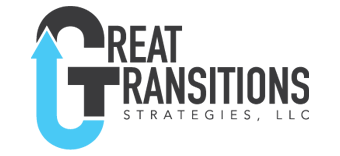In your position as a leader what was the best decision, you made this year and what was your worst? Write them down.
Now write down the reason it was the best or the worst.
What criteria did you use to measure the quality of the decisions? My guess is you used the result. Most folks do. Is that truly the best measure of your decision quality?
How good are you at predicting the future? Isn’t that what we try to do with decisions? We are predicting an outcome.
- Who should you hire?
- Should you invest in a particular market?
- Is it time to pivot your strategy?
- What supplier to choose?
These are typical decisions made by leaders. All attempt to create a specific outcome in the future. If you did all you could to research, evaluate, and gain input and the result was not what you expected, was that a bad decision?
Annie Duke a former professional poker player and author on making decisions, believes there are best practices for decision making. She also believes the quality of a decision should be judged on the process not the outcome. Why, because we cannot predict the future and luck plays a factor in almost all decisions. We can however, reduce some of the uncertainty.
Let’s look the four factors I believe leaders should consider making better decisions.
- Narrow the uncertainty
- Make your assumptions known
- Get independent input without creating bias
- Have a strategy to change paths when new information becomes available
Let’s examine an example. We’ll use a decision for a new hire by a hiring committee.
Narrow the Uncertainty
Do all you can to take away the unknowns and define the desired end state. In hiring, that may look like; setting a clear position description, hiring criteria, and defining the hiring process..
Make Your Assumptions Known
Let people know what you are thinking. The hiring committee needs to know your assumptions such as: “I believe we should be able to hire someone for this position, in this salary range, with this level of expertise, and complete the process in 60 day.” This allows challenges to your assumptions by team members and they understand your position.
Get Independent Input Without Bias
Allow members of the hiring committee to commit to a decision and share their reason prior to debating the selection. This reduces groupthink and the most influential person in the room biasing the group. When the boss says, “I think candidate number 3 is our best option”, a large portion of the group’s independence just flew out the window.
Have a Strategy to Change Paths If New Information Becomes Available
Some would call this having a pivot strategy, based on specific criteria. In hiring it may be hiring the individual on a probationary period, to assess the candidate. You will have accurate and specific data to support your original decision or provide the criteria to pivot.
Go back to your choices of the best and worse decisions from last year and test them against the four elements. Was your best decision really a best decision or just a positive result of a poor decision process?
What is your process for making and evaluating decisions?





